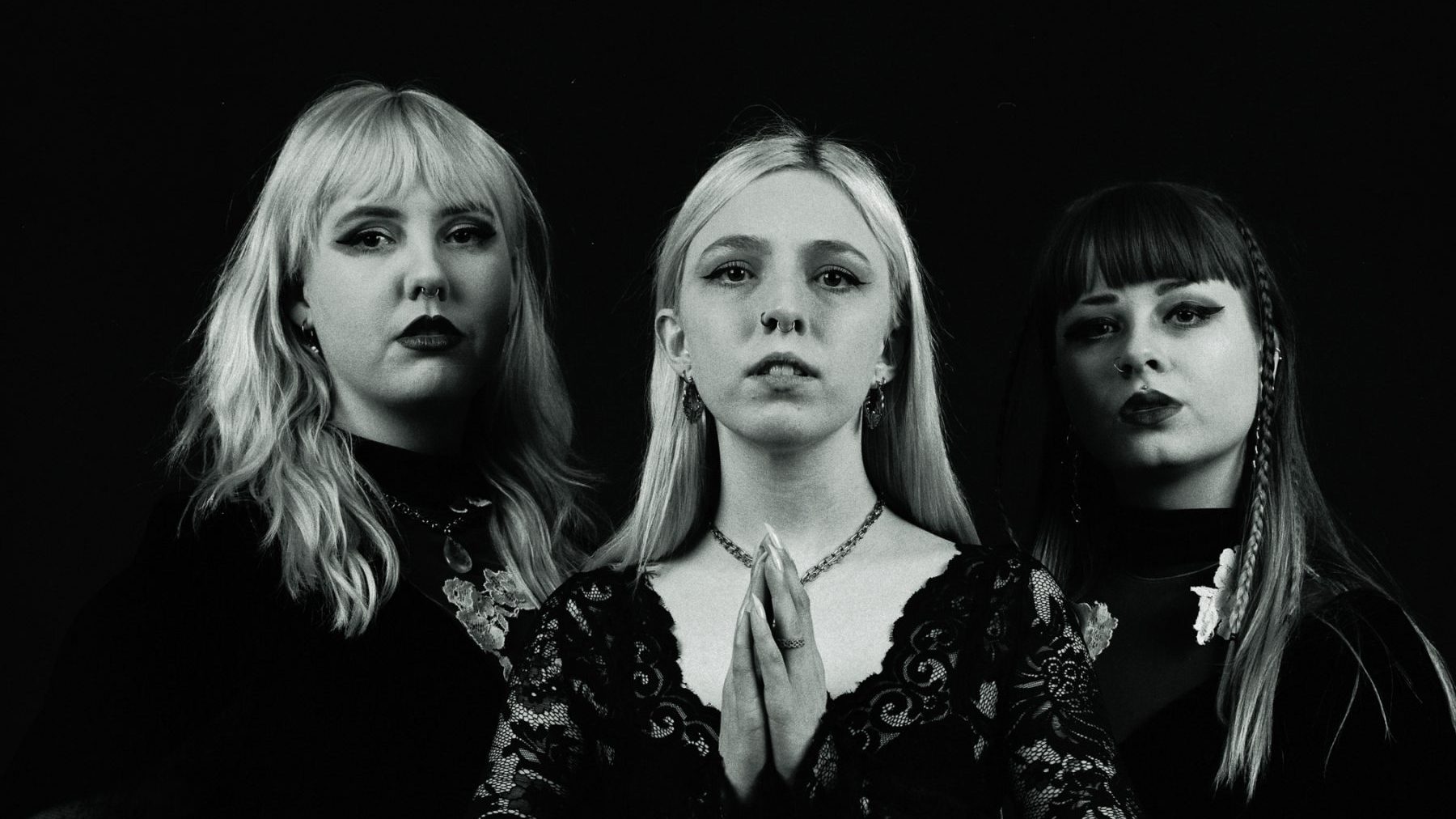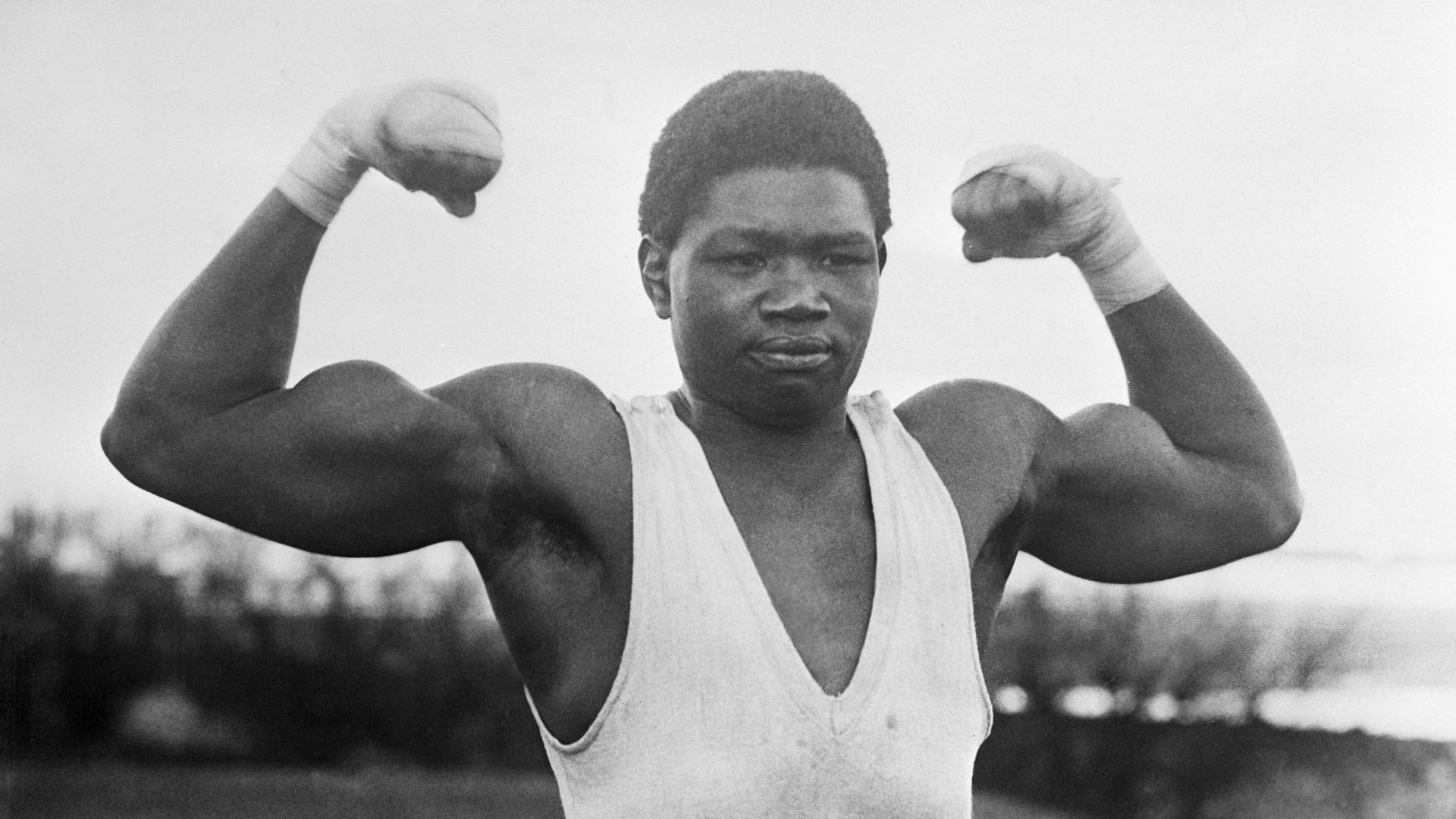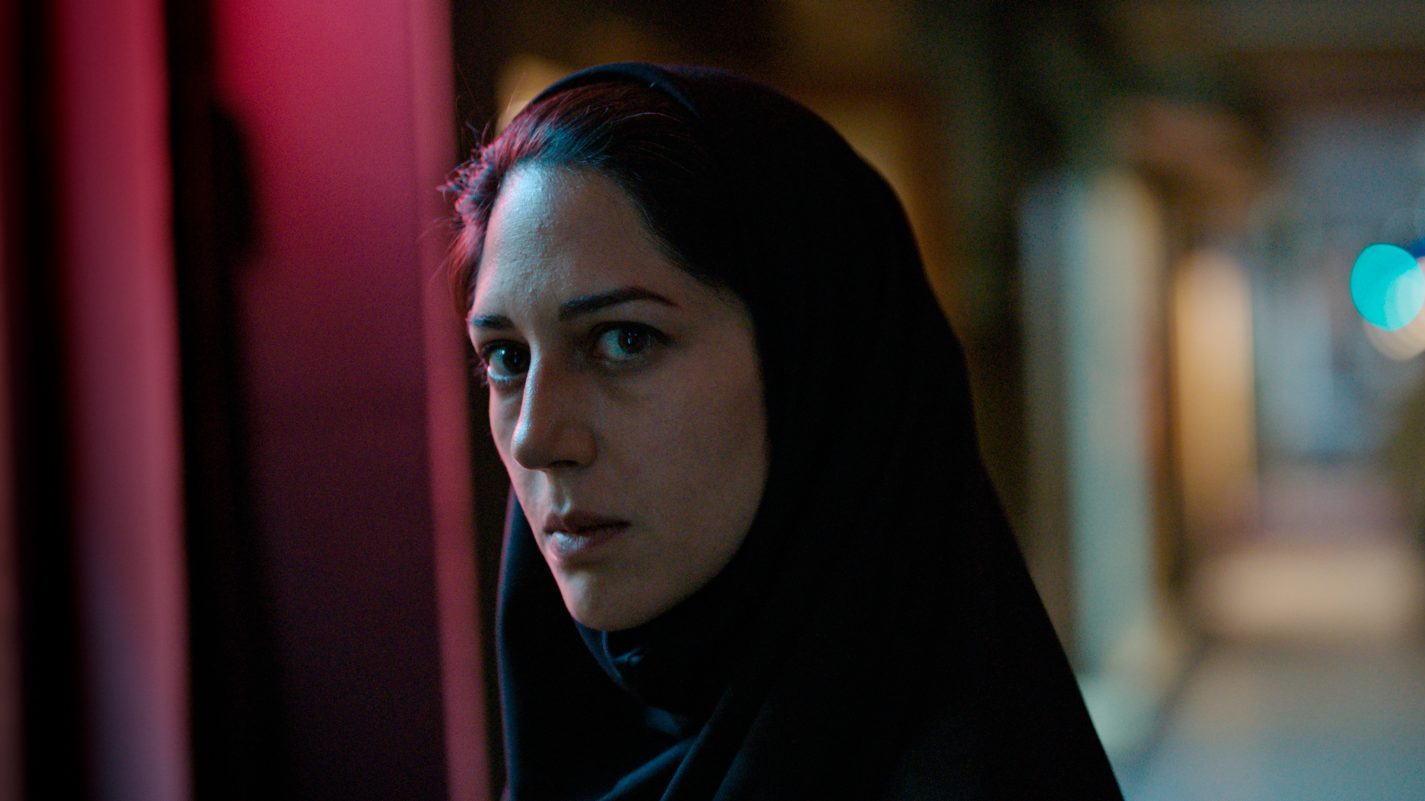There is magic in the Westfjords. When the witch craze came to Iceland in the 17th century, it was there, in the most remote and isolated part of the country, that it thrived. When the inevitable persecutions came, both the first and the last burnings for witchcraft in Iceland happened in the Westfjords. Today, Hólmavík’s Museum of Sorcery and Witchcraft reconstructs the artefacts of that bewitched time and place, from magical staves to a pair of “necropants” – trousers made from flayed skin which were said to give the wearer untold wealth.
It is in this murky, magical and occasionally disturbing culture that Kælan Mikla have found their inspiration. The all-female trio from Reykjavík, who have described themselves as “women doing weird stuff” and accordingly have a fascination with both the witches of Iceland’s past and the Westfjords, will bring their synth-punk to our shores for the first time since the pandemic as they support Ville Valo at five UK dates from this Friday.
Kælan Mikla became a band quite by accident. In early 2013 the then teenagers entered a poetry slam at Reykjavík City Library on a whim, with classically trained flautist Sólveig Matthildur Kristjánsdóttir contributing her words and taking to the drums for the occasion, while her friends Margrét Rósa Dóru-Harrysdóttir picked up the bass and Laufey Soffía found herself singing in public for the first time. Unexpectedly, they won the competition and the band was born. They named the band after the Lady of the Cold from the Moomins – another symbol of mysterious and dangerous feminine power, since she can freeze people to death just by looking at them.
Debut LP Mánadans (Moondance) was recorded in 2014 and was raw in the extreme, with just bass, drums and screamed vocals. There were inevitable comparisons with Björk’s early Reykjavík-based band Kukl, who had a similar experimental punk sound and also took inspiration from the dark arts (“Kukl” means sorcery or witchcraft). Kælan Mikla’s vocals are also sometimes strongly reminiscent of Björk at her most tortured, but with the band having no record deal, Mánadans was shelved, and that could have been it for the project.
But when Sólveig got her hands on a basic synthesiser the band took a new direction, and the single Kalt (Cold), with programmed drums, melodic bass and sombre synths, was a throwback to the glory days of goth but with a pronounced punk attitude. It would prove to be their breakthrough and their self-titled 2016 LP followed. Recorded in the garage Sólveig was then living in, the Kælan Mikla LP was followed with two years of self-booked tours, and the band’s strong DIY ethos, as well as the performance art elements of their shows, made them stand out.
They knew they had been noticed when an email from Robert Smith of The Cure pinged into their inbox. Invited to appear at the 2018 Meltdown Festival, opening for Placebo, the band were also included on the bill for The Cure’s 40th anniversary concert at Hyde Park the next month. Mánadans finally got a proper release later that year and third album Nótt eftir nótt (Night After Night) followed in November, crowning the year Kælan Mikla truly arrived.
But it was only in 2021 that the band’s interest in the mystical heritage of their native land reached its fullest expression, with album Undir köldum norðurljósum (Under the Northern Lights), containing songs about the natural world – comets, storms and stones – and the supernatural, from sirens to shadowy malevolent figures with “black eyes” and “red nails”.
Things got seriously witchy on Sólstöður (Solstice), the lead single from the album. The band described it as “fuelled by the power of harsh and raw nature”, but with lyrics like Á sólstöðum í svartnætti tunglið geislum grætur/ Vetrarnótt við erum þínar sönnu svörtu dætur (Winter solstice in the black night the moon cries its beams/ Winter night; we are your true dark daughters), and a video in which they haunted the Icelandic landscape while swathed in black and wielding swords, Macbeth’s Weird Sisters seemed to have just moved a bit further north.
After concluding their tour with Ville Valo in May, Kælan Mikla will be heading into the studio once again. The first post-pandemic album from a band who have already released some very murky material indeed only promises greater depths of dark beauty worthy of centuries of Icelandic sorcery.
Kælan Mikla will play Bristol’s O2 Academy, supporting Ville Valo, on March 10, and then dates in Nottingham, Glasgow, Manchester and London.
KÆLAN MIKLA in five songs:
Umskiptingur (2014)
From the band’s pre-electronic period, Changeling featured southern Gothic acoustic guitar and lyrics from Icelandic folklore about an elf lady on a white horse.
Kalt (2015)
The song that got Kælan Mikla noticed internationally and saw
them break out of the Reykjavík underground, the atmosphere weighs heavy on this bewitching track.
Næturblóm (2018)
Gothy melodic bass and morose synths recall The Cure’s most downbeat material and show it is no mystery why Robert Smith has championed the Icelandic trio.
Nornalagið (2018)
The first single from third album Nótt eftir nótt (Night After Night), Witch Song opens with icy synths and horrifying screams and features pitch-black lyrics: “Witches play with shadows/ Smile, they bathe in rain of blood”.
Sólstöður (2021)
More blood-curdling screams characterise this ode to the darkest night of the year – the Winter Solstice.
Playlist: tinyurl.com/TNEMikla




